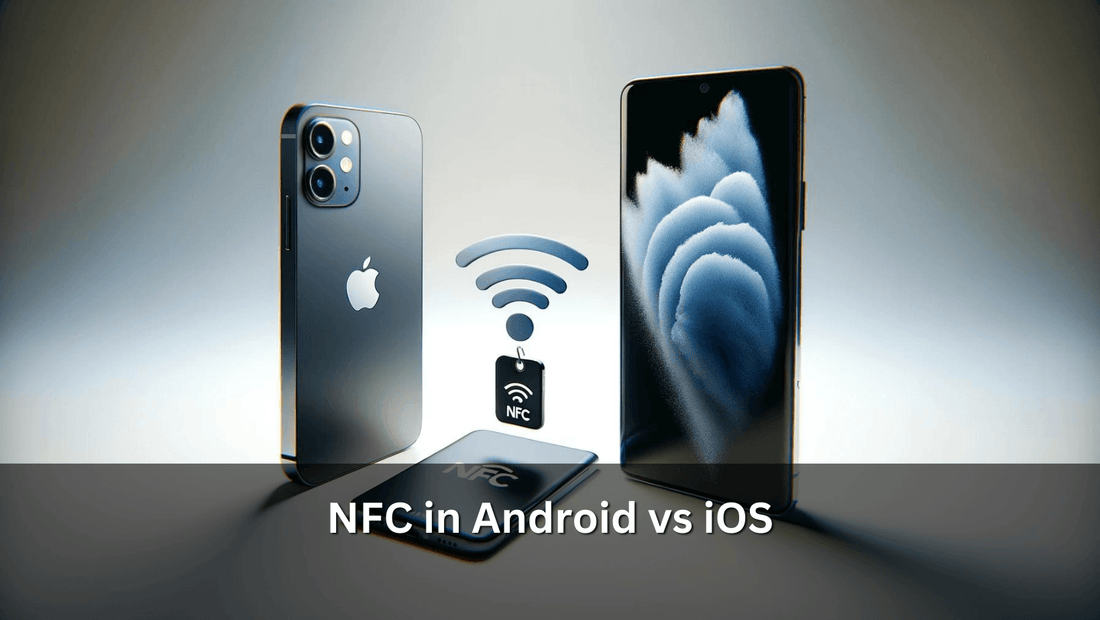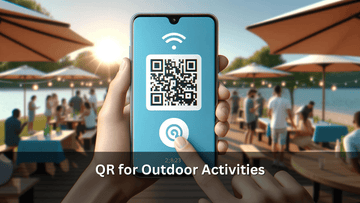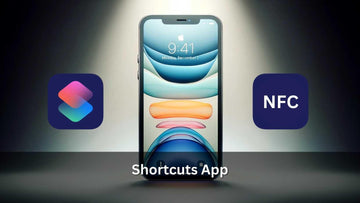Exploring NFC Technology: Android vs. iPhone Capabilities

Contents
- 1- Introduction to NFC: Unleashing Potential Across Platforms
- 2- NFC Compatibility: Navigating Through iPhone Models
- 3- Android and NFC: Seamless Integration Across Devices
- 4- Comparing Antenna Placement: iPhone vs. Android
- 5- Real-World Applications: NFC Use Cases on iPhone and Android
- 6- NFC: A Comparative Analysis of Apple vs. Android
Introduction to NFC: Unleashing Potential Across Platforms
NFC, or Near Field Communication, represents a fascinating facet of modern technology, seamlessly integrating into our daily lives through smartphones. This short-range wireless connectivity standard allows two devices placed within a few centimeters of each other to communicate. The technology's potential is vast, ranging from simple data transfer to complex mobile payments and digital key access.
In the realm of smartphones, both Android and iOS platforms have embraced NFC, albeit with different approaches and capabilities. This technology not only simplifies tasks but also introduces innovative services and applications, enhancing user experience significantly. Its significance in modern smartphones cannot be overstated, as it brings about a level of convenience and security in digital transactions and interactions that was previously unattainable. As we delve deeper into the capabilities and applications of NFC across both major platforms, it's clear that NFC is more than just a feature; it's a gateway to a plethora of possibilities that redefine how we interact with the world around us.
NFC Compatibility: Navigating Through iPhone Models
NFC technology in iPhones has evolved significantly over the years, marking a journey of increased functionality and user convenience. Initially, the introduction of NFC to the iPhone lineup with the iPhone 6 in 2014 was solely for Apple Pay. However, the real turning point came with the iPhone 7 and iPhone 8 models. These devices marked the beginning of NFC's broader applications beyond payments, although they required an app to utilize NFC features fully. Users needed to launch specific applications to interact with NFC tags, somewhat limiting the spontaneity of NFC interactions.
The landscape of NFC usage underwent a substantial shift with the advent of the iPhone X. This model introduced the capability for NFC to operate in the background, eliminating the need to open an app for NFC tag reading. However, it required users to wake the screen or press a button, a small but notable step towards seamless interaction.
Following the iPhone X, subsequent models further refined this experience, allowing NFC tag reading to occur automatically in the background, with no need for any user action, even when the device is locked. This advancement significantly enhanced the usability and applications of NFC, paving the way for a multitude of convenient and innovative uses, from contactless payments to quick information sharing and smart home controls. The evolution of NFC in iPhones reflects Apple's commitment to improving user experience and expanding the technology's potential in daily life.

Android and NFC: Seamless Integration Across Devices
NFC integration in Android devices stands out for its seamless and user-friendly approach, offering a broad spectrum of functionalities across various models and manufacturers. Since its introduction to the Android platform, NFC has been designed to work effortlessly in the background, requiring minimal user interaction. This inherent ease of use enables Android users to engage with NFC features like tap-to-share, contactless payments, and quick device pairing without navigating through complex settings or initiating specific applications.
To utilize NFC features, users simply need to ensure that NFC is enabled in their device's settings—a straightforward process typically found under the connected devices or wireless & networks sections. Once activated, the NFC capability remains ready to detect and communicate with nearby NFC tags or devices, providing a frictionless experience. This background operation mode in Android devices not only enhances convenience but also opens up a myriad of practical applications, from swift data exchange to streamlined transactions and smart tag interactions, making NFC an integral part of the Android ecosystem.
Comparing Antenna Placement: iPhone vs. Android
The placement of NFC antennas in smartphones significantly influences both user experience and device design, with variations observed between iPhone and Android devices. In iPhones, the NFC antenna is typically located at the top of the device. This strategic positioning requires users to align the top portion of their iPhone with NFC tags or readers for optimal interaction, a design choice that integrates seamlessly with Apple's sleek and minimalist aesthetic while ensuring functional efficiency.
Conversely, Android devices exhibit a more diverse range of NFC antenna placements, largely due to the variety of manufacturers and models within the ecosystem. Some Android phones place the antenna near the middle or the back of the device, offering flexibility in how the device is held during NFC interactions. This diversity can affect how intuitively users can engage with NFC tags or payment terminals, potentially requiring a brief adjustment to find the optimal positioning for NFC communication.
Despite these differences, both iPhone and Android strive to balance design elegance with functional accessibility, ensuring that NFC technology remains a convenient and integral part of the user experience.

Real-World Applications: NFC Use Cases on iPhone and Android
NFC: A Comparative Analysis of Apple vs. Android
When comparing NFC functionality between Apple and Android devices, several key differences emerge, notably in ease of use, accessibility, and application diversity. Android devices have historically offered a more open NFC ecosystem, allowing for a wider range of applications and fewer restrictions on NFC tag interaction. This openness facilitates a broader exploration of NFC's potential, from creative programming of NFC tags to more varied third-party app interactions. Android's approach to NFC emphasizes versatility and customization, appealing to users who value flexibility and control over their device's capabilities.
Conversely, Apple's NFC implementation, especially in its initial stages, was more restricted, focusing primarily on Apple Pay and secure transactions. Over time, however, Apple has expanded NFC capabilities on the iPhone, including background tag reading and more accessible programming interfaces in iOS. This evolution reflects a cautious but steady approach to unlocking NFC's potential, prioritizing security and user experience. While this means iPhone users may not have as wide a range of NFC applications as Android users, the applications available are deeply integrated and highly user-friendly.
Ultimately, the choice between NFC on Android versus iPhone may come down to user preference for either a more open platform with a plethora of applications or a more curated experience with a focus on security and ease of use. Both platforms have made significant contributions to the adoption and innovation of NFC technology, enriching the mobile experience in unique ways.
We at NFC Tagify provide all sort of NFC Solutions or you may contact us: Tel. 01600800080, Email: info@nfctagify.com









